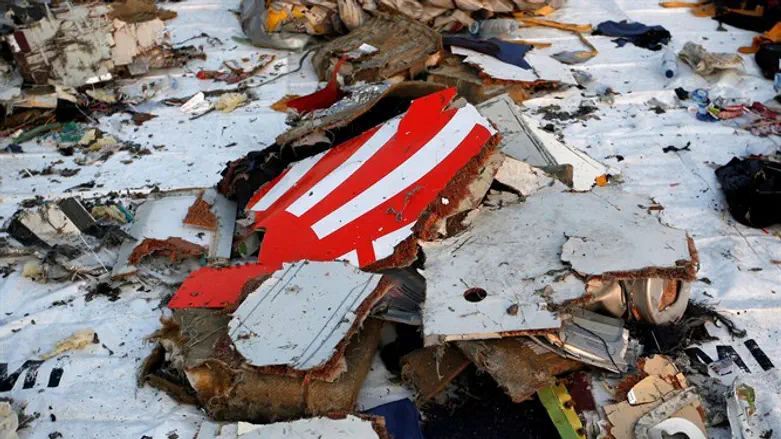
Two Boeing 737 MAX 8 crashes last year may have been caused by the pilots not knowing how to respond to plane malfunctions, an Indonesian investigation showed.
A report released Friday showed that the nose of Lion Air's Flight 610, which took off from Jakarta, Indonesia, was automatically pushed down by the MCAS anti-stall system, forcing the pilots to fight to control the plane in a situation they had not been trained for, NBC News reported.
In addition, the aircraft had experienced issues during the four flights prior to the crash, including one incident a day before its fatal flight.
The report also said 31 pages were missing from the plane's maintenance log, BBC added. In addition, an earlier cockpit issue should have grounded the plane but did not, since the issue was not properly recorded.
A sensor bought from a repair shop had not been properly tested, the site added.
"From what we know, there are nine things that contributed to this accident," Indonesian air accident investigator Nurcahyo Utomo told reporters at a news conference. "If one of the nine hadn't occurred, maybe the accident wouldn't have occurred."
In October 2018, the plane crashed into the sea, killing all 189 people on board.
Boeing responded to the incident by saying that it had redesigned the Angle of Attack sensors which work with the anti-stall system: "MCAS will now only turn on if both AoA sensors agree, will only activate once in response to erroneous AOA, and will always be subject to a maximum limit that can be overridden with the control column," a Boeing statement read.
Five months after the Lion Air crash, a similar malfunction caused an Ethiopian Airlines jet to crash, killing all 157 people on board and leading many countries to ground the MAX 8 jet.